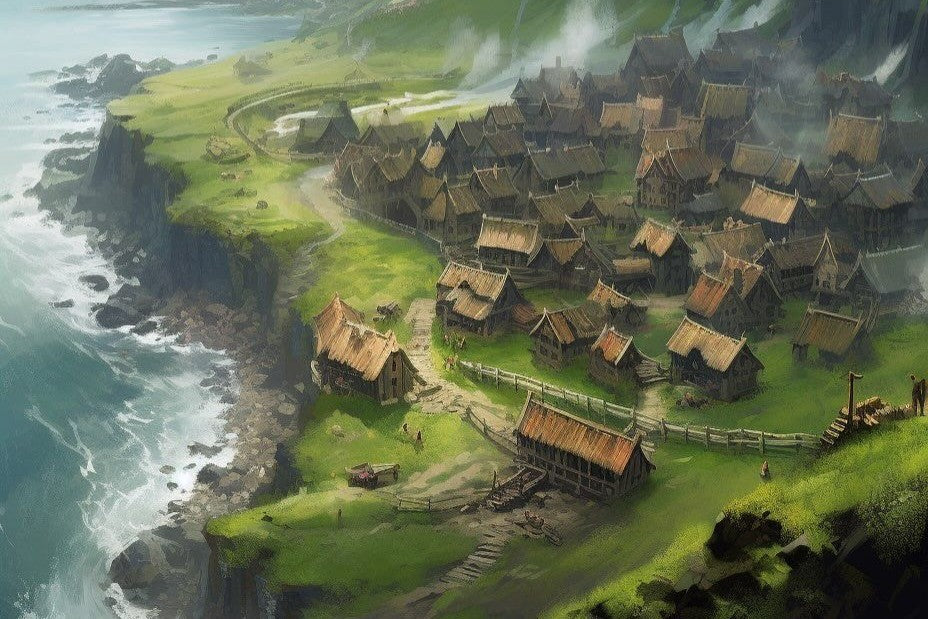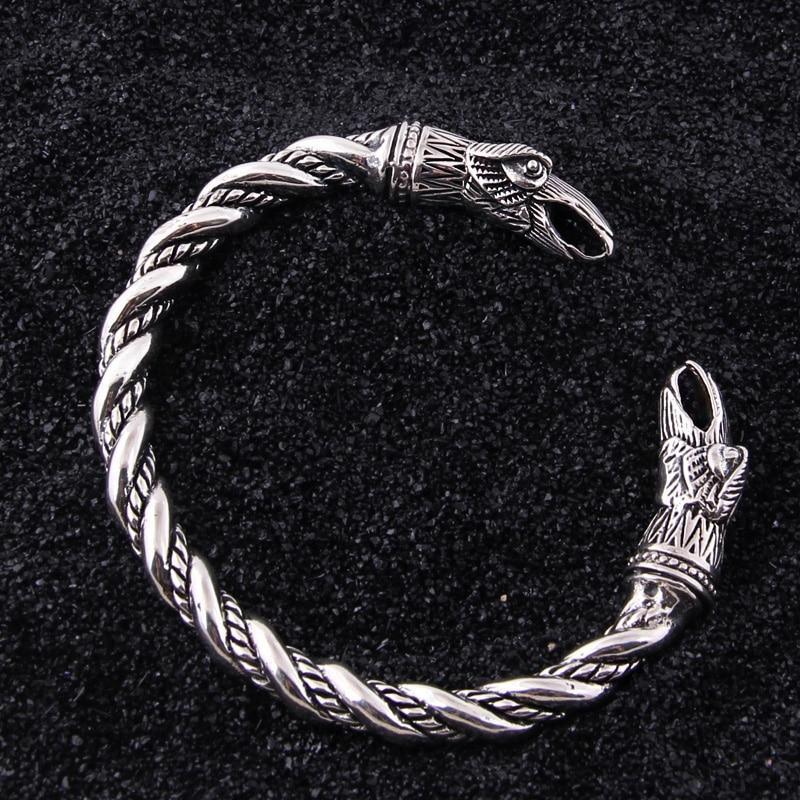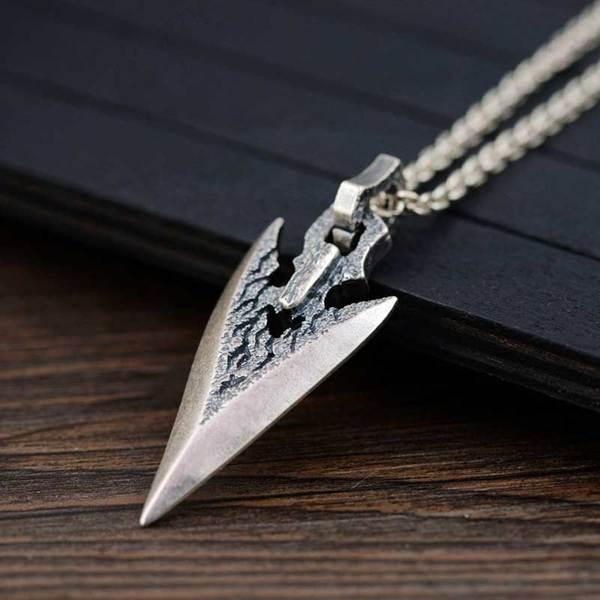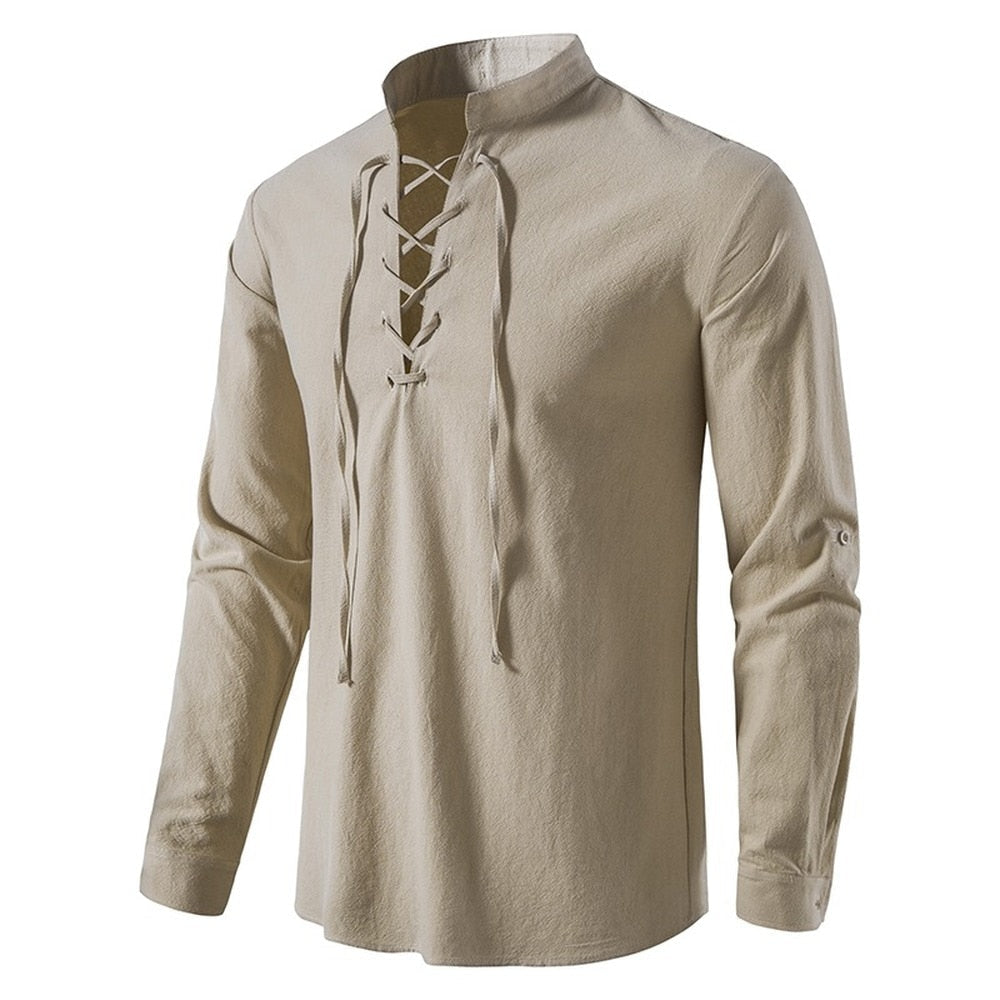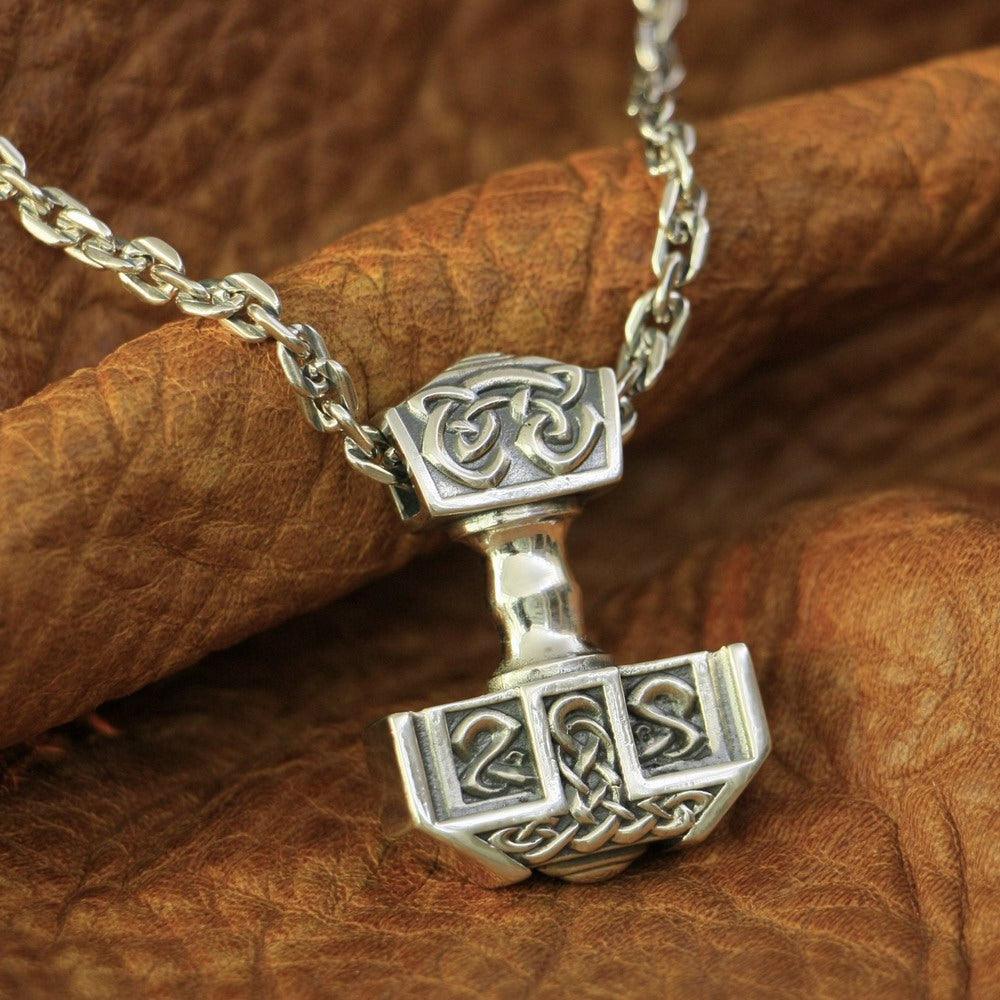From roughly the late 8th to mid-11th century, Vikings were not only renowned raiders but also highly skilled traders and town-builders. Their trading towns—urban hubs strategically located and deeply interconnected—were instrumental in knitting together Scandinavia, Europe, and beyond.

Rise of Viking Trading Towns
The emergence of trading towns like Birka, Hedeby, Kaupang, Ribe, and others marked a fundamental shift in Viking society—from clan-based coastal settlements to more structured maritime hubs. Archaeology shows that these communities contained marketplaces, workshops, fortified quays, and administrative structures that resembled early urbanism.
One authority on this period, Sven Kalmring, examines the transformation from traditional social structures to specialized economic zones, using Hedeby, Birka, Kaupang, and Ribe as key case studies. He argues that maritime access—and remarkably, the introduction of the sail—was critical in driving seasonal trading posts toward urban permanence.
Four Pillars of Viking Urbanism
Birka (Sweden)
Nestled on the island of Björkö in Lake Mälaren, Birka was one of the first Viking urban centers. It hosted craftspeople, traders, and a church established by missionary Ansgar in the early 9th century—suggesting it was already a thriving settlement well before Christian influences arrived.

Hedeby (Hedeby/Haithabu, Germany)
Located near the Baltic–North Sea crossroads, Hedeby benefited from sophisticated harbor structures, as excavations show. These moorings served not only local merchants but also connected the Viking world to the larger European trade network. Today, a dedicated museum preserves this site's rich legacy.

Kaupang (Norway)
Further west, Kaupang (Skiringssal) in Vestfold developed into a commercial hub. Though first mentioned in written sources only in the late 9th century, archaeological research confirms its active role in trade from earlier times—underscoring its place among the earliest Viking entrepôts.
Ribe (Denmark)
Ribe, Denmark’s oldest town, similarly profited from its coastal position and close ties to continental trade routes, integrating craft production and exchange in ways emblematic of Viking urbanism.
The Broader Viking Network
Beyond Scandinavia, Viking influence extended into places like Dublin, Jórvík (York), Novgorod, and Truso near the Vistula. Notably, Truso—documented by traveler Wulfstan around 890—was a vibrant Baltic–Amber Road outpost known for amber, furs, and slaves, though later declines occurred due to siltation hampering its water access.
These towns facilitated long-distance movements of commodities, such as silver, textiles, and luxury goods, serving diverse populations and weaving Scandinavian interests into broader trading systems.

Why Viking Trading Towns Mattered
Viking trading towns often grew around natural harbors, a testament to the seafaring skill that defined the era. The mastery of sailing technology went hand in hand with the emergence of these settlements, allowing them to flourish as vital maritime hubs. More than just ports, they introduced new socio-economic models: centers of production, trade, and cultural exchange that contrasted sharply with the rural, clan-based traditions of earlier centuries. These towns became melting pots, where merchants, artisans, and travelers from diverse regions mingled, bringing with them new languages, beliefs, and innovations. Over time, the influence of royal authorities and the Church reshaped these urban spaces. The rise of towns like Lund, which supplanted nearby Uppåkra, reflected the shifting political landscape and the decline of older centers as power became more centralized.

Viking trading towns were much more than trading posts. They were the engines of early urban growth in Scandinavia—maritime, multicultural, and commercial. From the lakeshores of Birka to the waters of Hedeby and beyond, these settlements were the throbbing heart of a dynamic era. Through their craft, exchange, and societal complexity, Viking towns cemented an economic and cultural legacy that long outlasted their initial rise.
Bibliographical References
Sven Kalmring, Towns and Commerce in Viking-Age Scandinavia, Cambridge University Press, 2024. ISBN-13: 9781009298094
Helen Clarke & Björn Ambrosiani, Towns in the Viking Age, Leicester University Press, 1995. ISBN-13: 9780718517922
Stefan Brink (ed.) & Neil S. Price (ed.), The Viking World, Routledge, 2012. ISBN-13: 9780415692625
